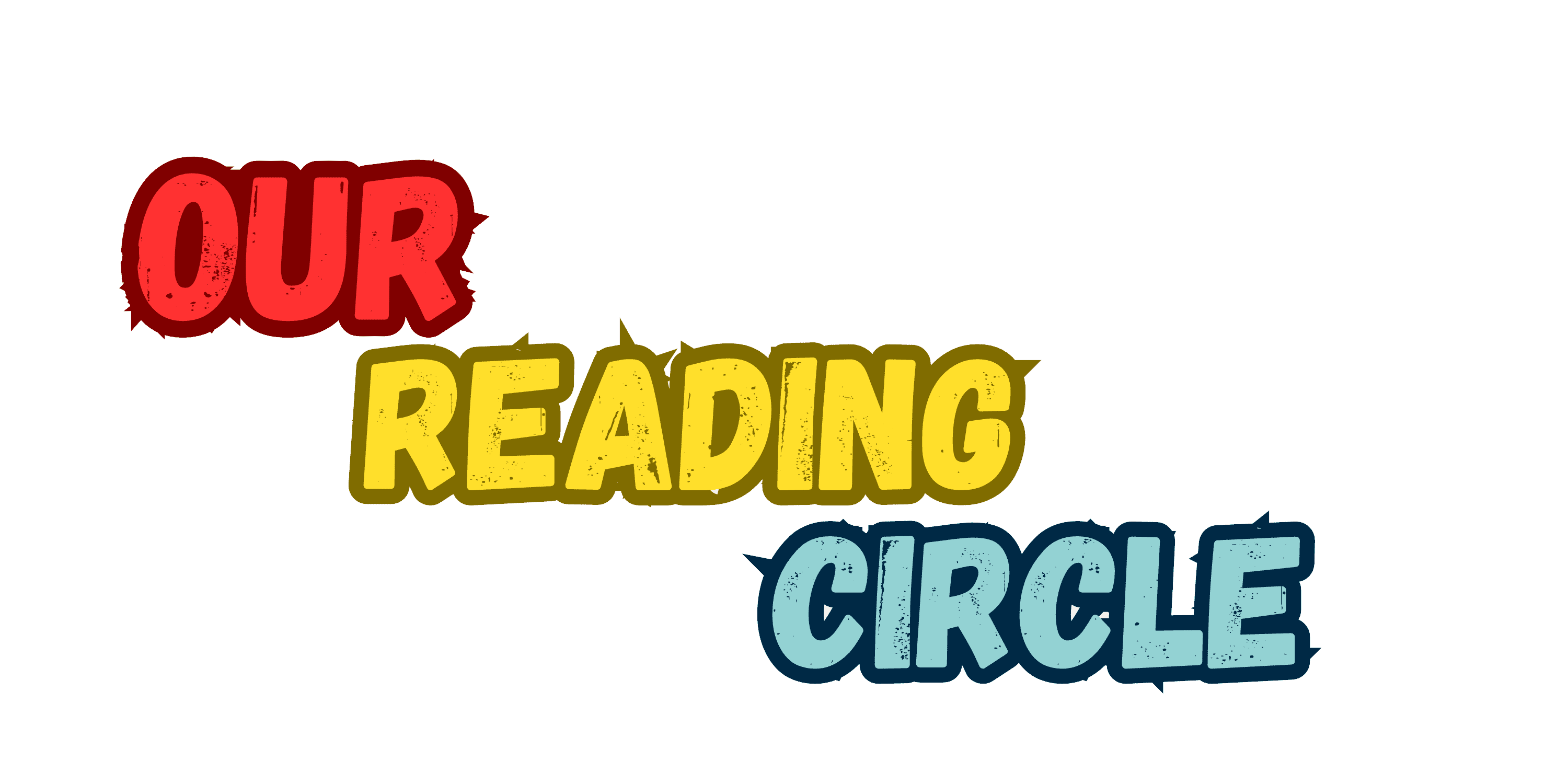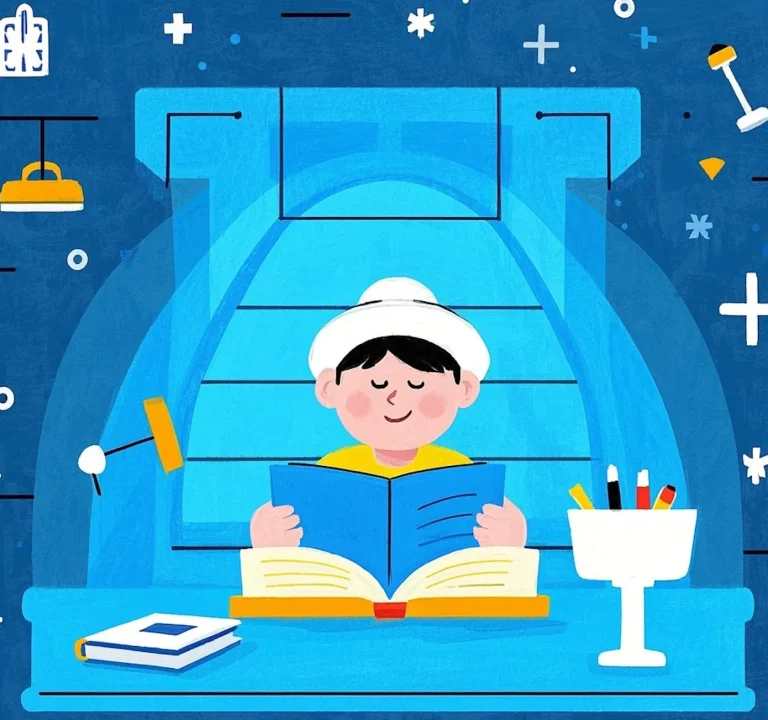Our Reading Circle - Lets Learn, Wonder and Dream!
Read Aloud vs. Storytelling: The Art of Oral Narration

We have a wealth of tools at our disposal to nurture the development of young minds. Two powerful approaches are reading aloud and storytelling – both of which offer unique advantages in cultivating a love of learning.
While these practices may seem similar on the surface, a closer examination reveals distinct differences in their techniques and benefits.
The Art of Reading Aloud
Reading aloud involves the vocal presentation of a written text, whether it’s a children’s picture book or a classic novel. This practice models fluent reading, proper pronunciation, and expressive interpretation of the narrative.
By witnessing these essential literacy skills, young listeners can begin to internalize and emulate them, laying a foundation for their own reading progress. Reading aloud also sparks imagination and fosters a appreciation for literature. As the reader pauses to ask questions or invite predictions, the listeners engage more deeply with the story, strengthening their comprehension.
The Magic of Storytelling
In contrast, storytelling is a more fluid, improvisational art form. The storyteller weaves a narrative using only their voice, gestures, and facial expressions, without relying on a pre-written text. This allows for greater spontaneity and the ability to tailor the story to the unique needs of the audience.
Storytelling cultivates a deep sense of connection and engagement, as the listeners are drawn into the tale through the emotional resonance of the words. It also provides opportunities to introduce diverse perspectives, instill moral lessons, and spark meaningful discussions about the human experience.
Striking a Balance
While read-alouds and storytelling have distinct qualities, they need not be viewed as mutually exclusive. The most effective verbal engagement strategies often involve a harmonious blend of the two.
You might choose to read aloud a beautifully illustrated children’s book, pausing to incorporate interactive storytelling elements. Conversely, you could begin with an oral storytelling session and then introduce a physical book, allowing your listeners to follow along.
Ultimately, the choice between read-aloud and storytelling should be guided by the unique needs and interests of your young audience. By being attuned to their engagement, you can thoughtfully combine the strengths of both practices to create a rich, memorable experience.
Unlocking the Power of Verbal Engagement
Whether you choose to read aloud or spin an original tale, the power of verbal interaction cannot be overstated. Both practices offer invaluable opportunities to nurture cognitive development, foster emotional intelligence, and ignite a lifelong love of learning.
As you embark on your journey of captivating young minds, remember to approach each session with enthusiasm, creativity, and a genuine desire to connect. With a willingness to experiment and adapt, you’ll soon find yourself unlocking the full potential of read-alouds and storytelling.
Happy exploring!



